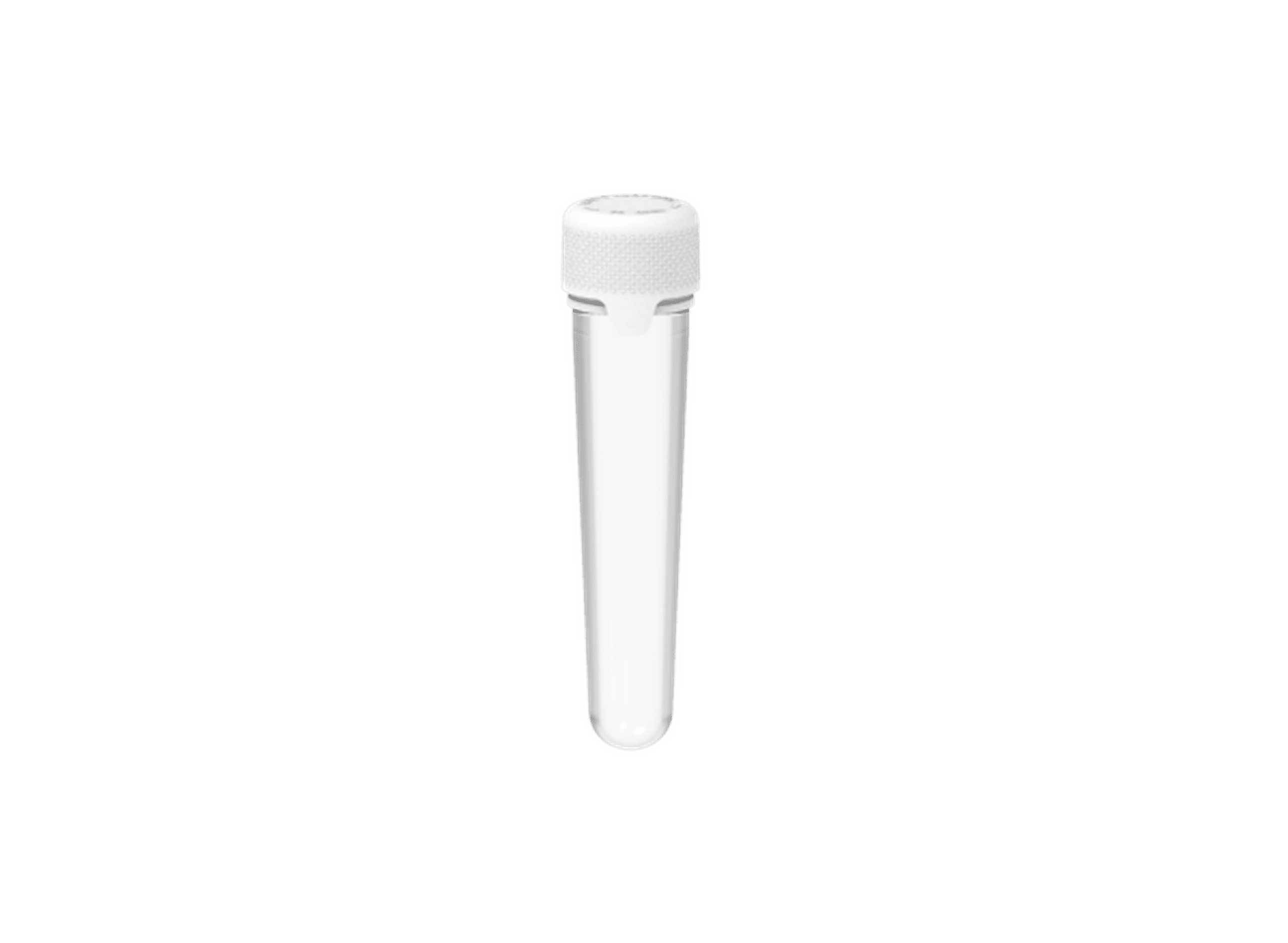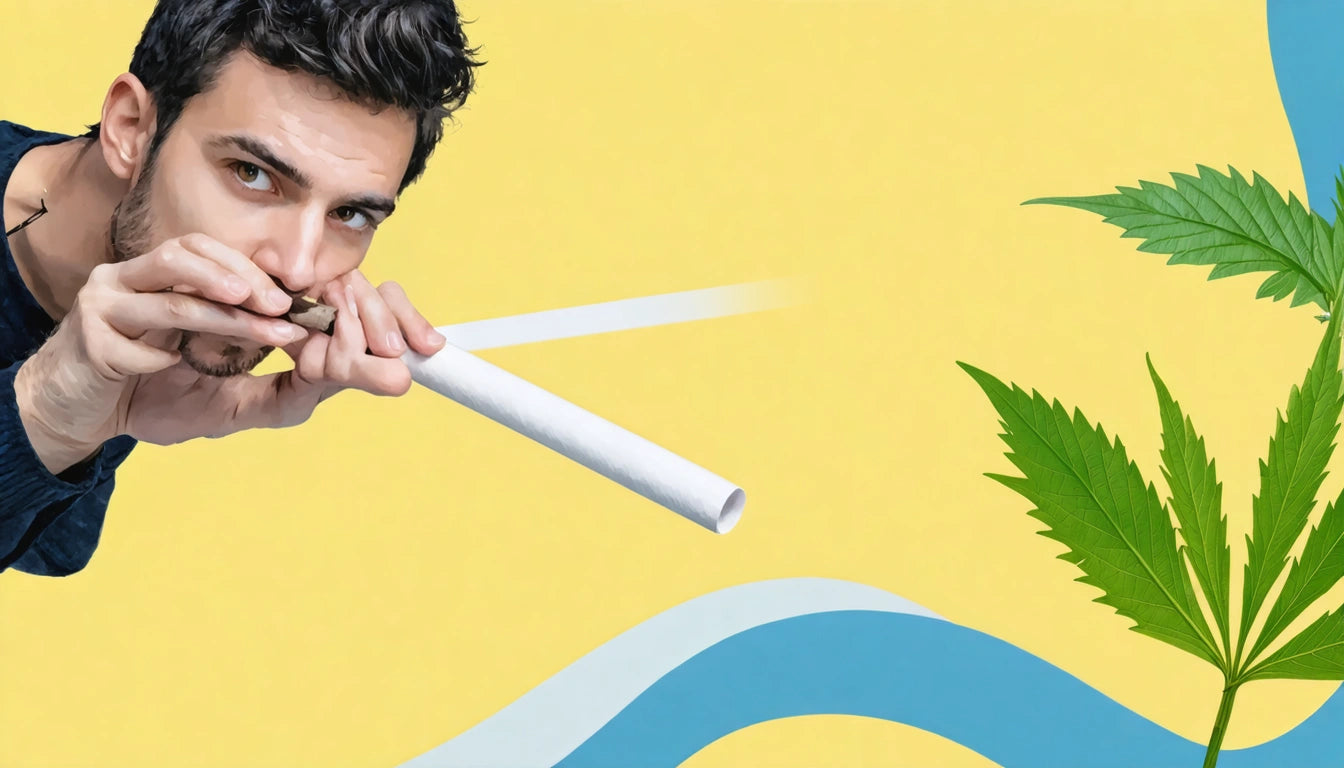Table of Contents
5 Materials You Should Avoid for Long-Term Packaging
Selecting the right packaging materials for cannabis products requires careful consideration of preservation, compliance, and sustainability factors. Poor material choices can lead to degraded products, unhappy customers, and wasted inventory. This guide explores five materials that should be avoided for long-term cannabis packaging and offers better alternatives for product preservation.
Packaging Material Considerations for Cannabis Products
Cannabis products are particularly sensitive to environmental factors such as light, air, moisture, and temperature fluctuations. The right packaging material creates a protective barrier that maintains product integrity over time. According to industry research, cannabinoid degradation accelerates significantly when exposed to oxygen, UV light, or humidity variations, making material selection crucial for maintaining potency and terpene profiles.
When evaluating packaging options, manufacturers must balance preservation needs with regulatory requirements and consumer preferences. While some materials might excel at protection, they could present sustainability challenges or compliance issues that make them unsuitable for long-term use in the cannabis industry.
5 Problematic Materials to Avoid for Long-Term Storage
1. Standard Polyethylene (PE) Plastic
While inexpensive and widely available, standard polyethylene plastic offers poor oxygen barrier properties. Over time, oxygen permeation leads to oxidation of cannabinoids and terpenes, resulting in potency loss and flavor degradation. Additionally, these plastics can leach compounds into products containing high terpene concentrations.
2. Untreated Paperboard
Basic paperboard without proper barrier coatings absorbs moisture readily, making it unsuitable for long-term cannabis storage. As explored in this comparison of paperboard and corrugated materials, untreated paper products provide minimal protection against humidity fluctuations that can promote mold growth and compromise product quality.
3. Clear Glass Without UV Protection
While glass offers excellent oxygen barrier properties, clear glass without UV filtration allows light to degrade cannabinoids rapidly. Studies show that exposure to light is one of the primary catalysts for THC degradation, converting it to CBN and diminishing intended effects.
4. Recycled PET with High Permeability
Recycled PET plastics often have inconsistent barrier properties and higher permeability rates than virgin materials. This variability makes them unreliable for long-term cannabis storage, particularly for concentrate products that require stringent protection against oxidation.
5. Biodegradable Plastics Without Vapor Barriers
Many biodegradable plastics prioritize environmental breakdown over barrier performance. Without proper vapor barrier properties, these materials allow moisture transmission that can compromise product integrity, particularly in humid environments or during temperature fluctuations in the supply chain.
How Poor Packaging Materials Impact Product Quality
The consequences of using inadequate packaging materials extend beyond theoretical concerns. Poor material choices directly impact:
- Terpene preservation: Volatile compounds that contribute to aroma and effects evaporate through permeable packaging
- Potency stability: THC and other cannabinoids degrade more rapidly when exposed to oxygen and light
- Moisture control: Inadequate moisture barriers lead to either dried-out flower or potential mold issues
- Consumer experience: Degraded products lead to customer dissatisfaction and reduced repeat purchases
For businesses investing in quality cultivation and extraction processes, packaging that fails to maintain that quality represents a significant waste of resources. When processing equipment like industrial cannabis grinders and processing equipment is used to create consistent products, that consistency should be maintained through proper packaging choices.
Sustainable Alternatives for Better Preservation
Fortunately, the packaging industry has developed numerous alternatives that provide both preservation benefits and improved sustainability profiles. As highlighted in this exploration of innovative packaging materials, several options offer superior performance:
High-Barrier Bioplastics
Newer generations of plant-based plastics incorporate specialized barrier layers that provide oxygen and moisture protection comparable to conventional plastics while offering improved environmental profiles.
UV-Protected Glass
Amber, blue, or opaque glass provides excellent barrier properties while protecting against light degradation. These options maintain the premium feel and recyclability of glass while addressing its primary weakness.
Modified Atmosphere Packaging
Materials designed to maintain specific internal atmospheric conditions can significantly extend product shelf life by controlling oxygen levels within the package.
Multilayer Paper Composites
Advanced paper-based materials with integrated barrier layers offer the aesthetic appeal and sustainability of paper with significantly improved protection properties.
When selecting alternatives to problematic materials, manufacturers should consider the specific needs of their products. Concentrates, for example, require exceptional oxygen barriers, while flower products benefit from controlled humidity solutions that prevent over-drying.
Future-Proofing Your Packaging Strategy
As the cannabis industry matures, packaging strategies must evolve beyond simply avoiding problematic materials. A forward-thinking approach includes:
Material testing protocols that evaluate real-world performance over the intended shelf life of products. This testing should account for various storage conditions and supply chain challenges to ensure consistent protection.
Adaptive packaging solutions that can be customized to specific product requirements rather than one-size-fits-all approaches. Different cannabis products have varying sensitivity to environmental factors and benefit from tailored protection strategies.
Integration of packaging considerations early in product development rather than as an afterthought. The most successful brands recognize that packaging is an integral part of the product experience and preservation strategy.
By avoiding the five problematic materials outlined above and embracing innovative alternatives, cannabis brands can ensure their products maintain intended potency, flavor profiles, and effects throughout their shelf life. This preservation of quality translates directly to consumer satisfaction, brand reputation, and ultimately, business success in an increasingly competitive market.











Leave a comment
All comments are moderated before being published.
This site is protected by hCaptcha and the hCaptcha Privacy Policy and Terms of Service apply.